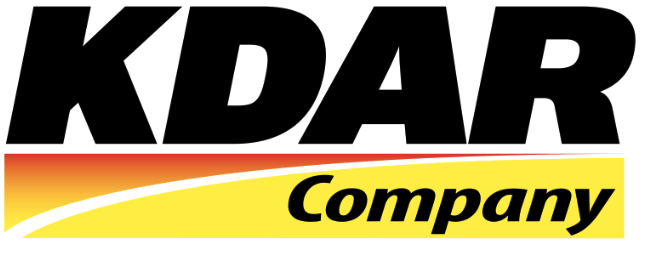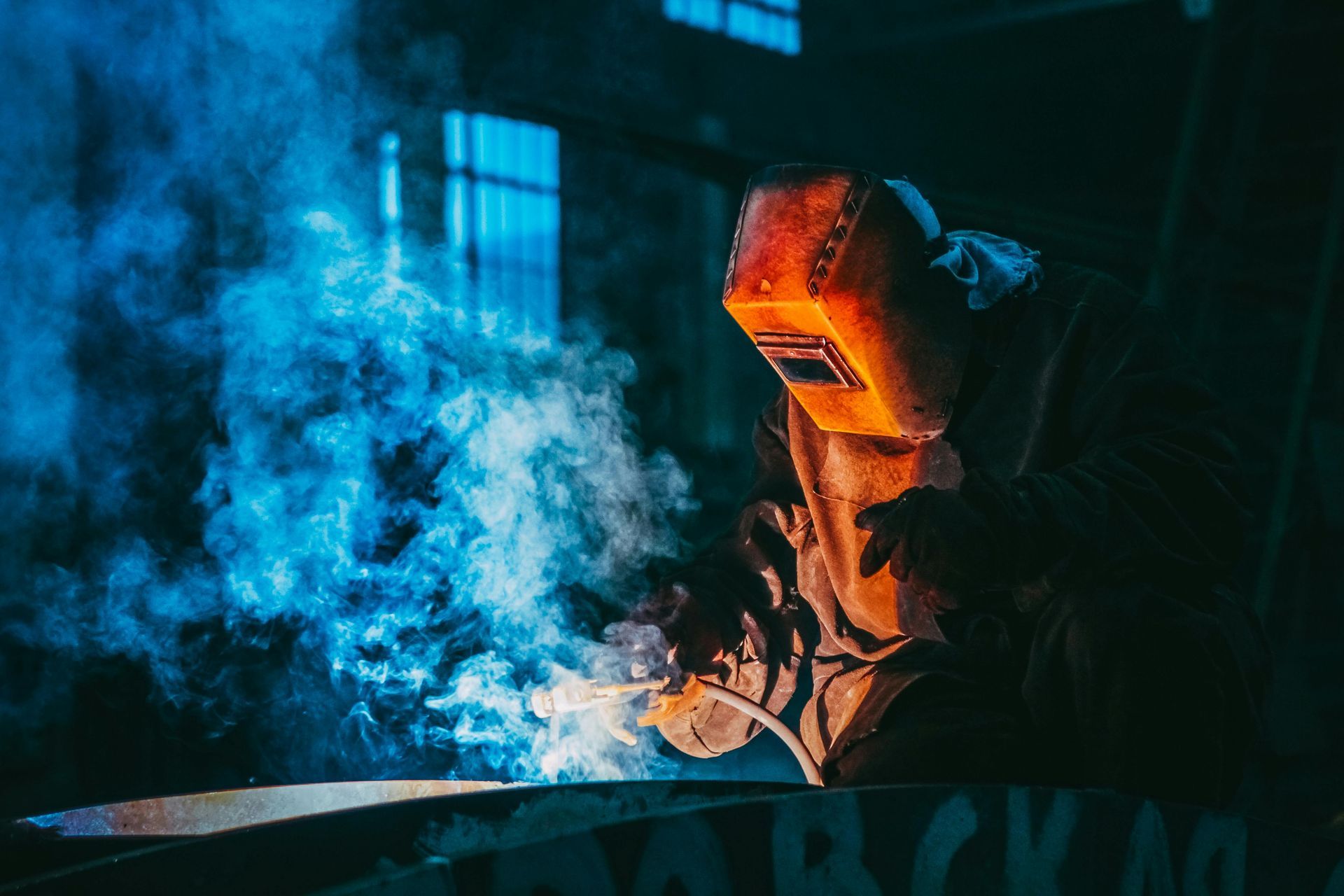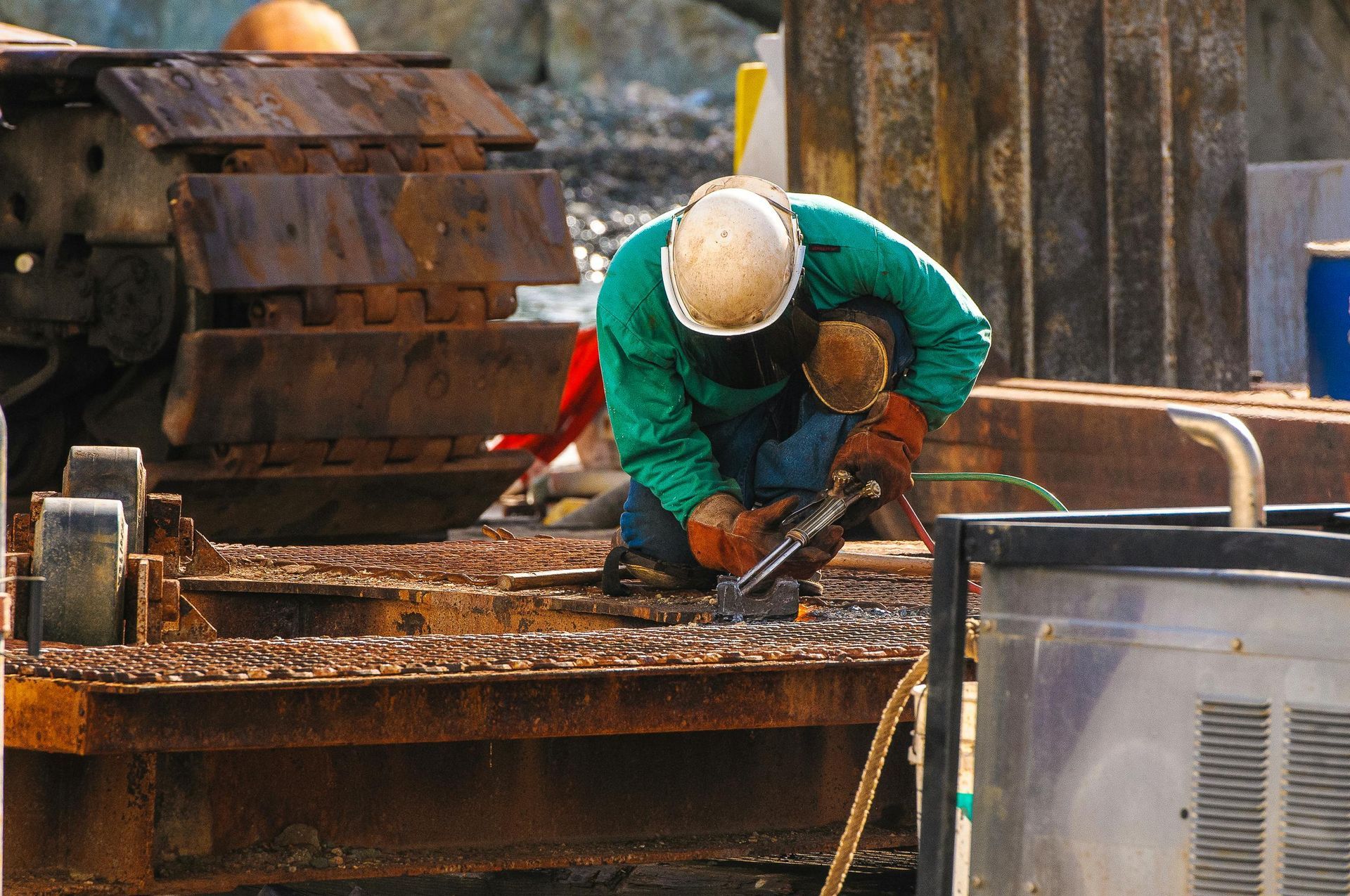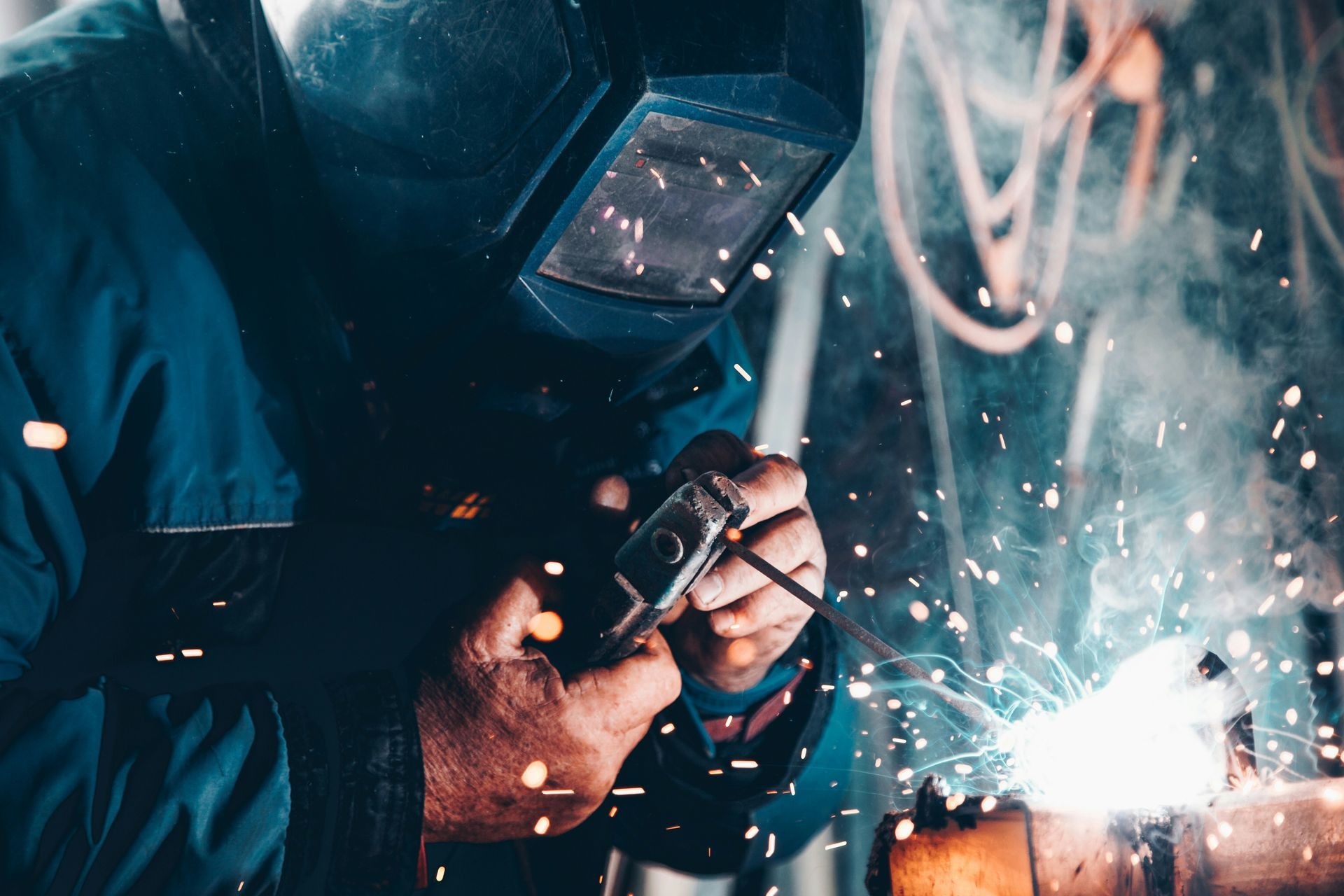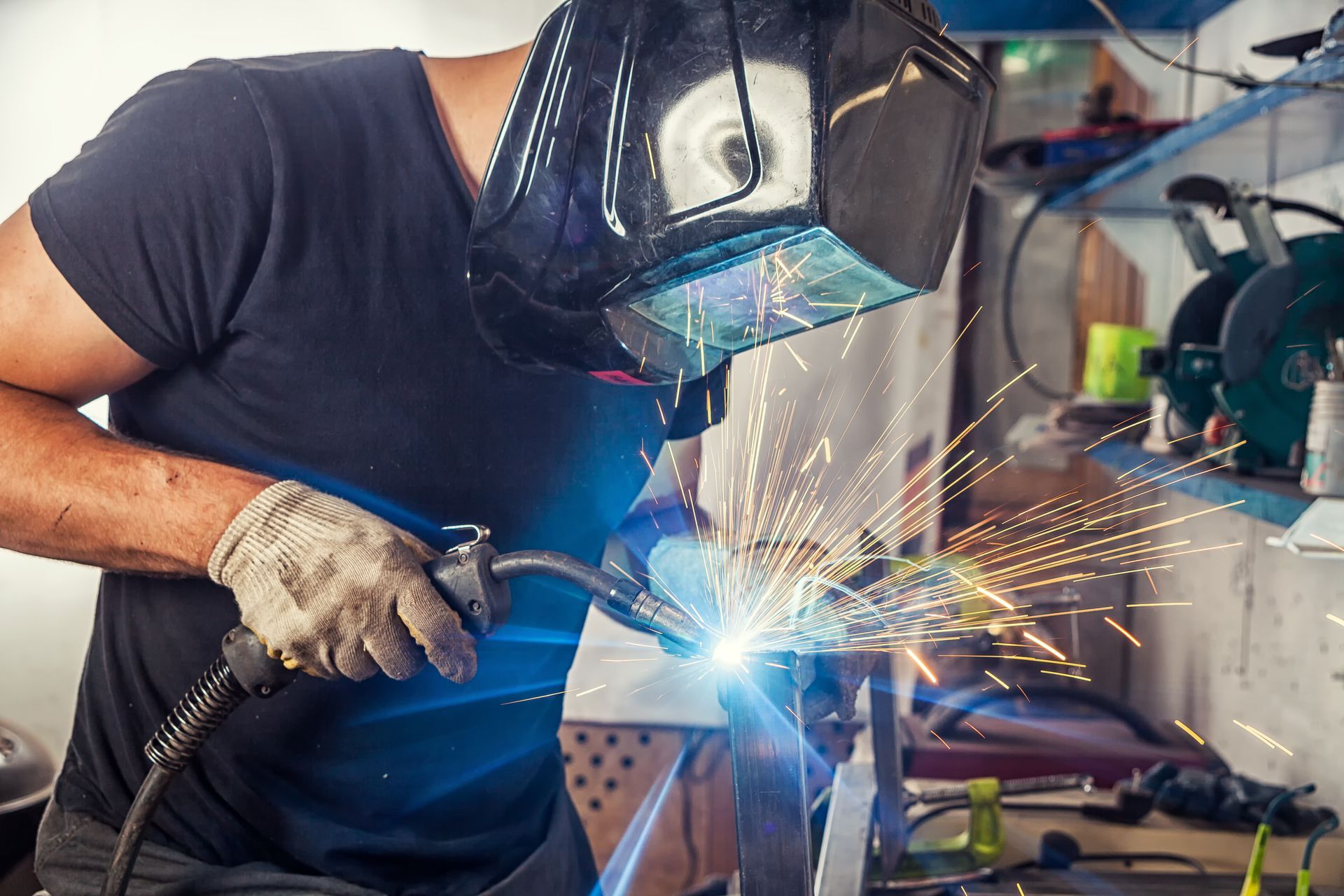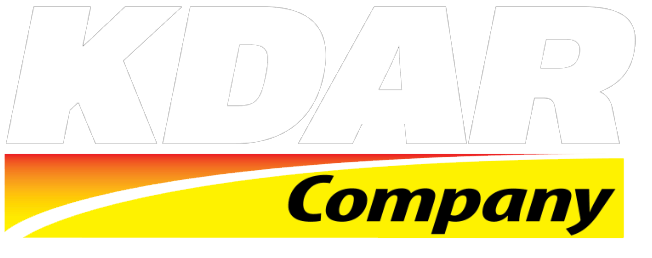How Your Store Can Promote Safety
July 17, 2023
When customers come to your store and buy your products, they must understand what they purchased as they take it home. This is especially critical for hardware stores or businesses selling tools and equipment that can be dangerous when misused. Although it's up to the customer to make safe and smart choices with what they buy, store owners can promote safety in their store and community to help customers have a great experience and come back again for their next purchase. Let's look at some ways to promote safety in your store.
Product Demos
Product demonstrations play a crucial role in promoting safety within your store. Live equipment demonstrations allow your customers to witness these products' proper usage and handling. Customers can learn about the necessary safety measures and precautions through these demos. Encourage your staff to conduct informative demos regularly, demonstrating safe techniques, such as proper equipment setup, usage, and maintenance. These demonstrations will instill confidence in your customers, ensuring they can use these products safely and effectively.
Cross Merchandising
Cross-merchandising is an effective strategy for promoting safety in your store. By strategically displaying safety-related products alongside relevant items, you can highlight their importance and encourage customers to make safer choices. For example, place welding helmets near welding equipment or cable ties near electrical wiring products. By associating safety products with related items, customers are more likely to recognize their significance and make informed decisions about their purchase.
Safe Displays in the Store
Creating safe displays within your store is essential to prevent accidents and promote safety. Organize your store layout to minimize safety hazards. Ensure the aisles are wide enough for customers to navigate comfortably and safely. Place signage to direct customers to safety equipment, such as fire extinguishers and first aid kits. Additionally, secure products properly to prevent them from falling and causing injuries. Use display hooks, fasteners, or shelving units to hold the products securely. Clearly label products with safety warnings and usage instructions to enhance safety awareness.

Product Videos and Accessible Manuals
Providing product videos and accessible manuals is an effective way to educate customers on safe product usage. Create informative and engaging videos demonstrating the proper handling of your merchandise. These videos can be displayed in-store or shared on your website and social media platforms. Additionally, ensure that product manuals are easily accessible to customers (paper copies and online versions), and include comprehensive safety instructions, troubleshooting tips, and contact information for customer support. Equipping your customers with the necessary knowledge empowers them to use products safely and confidently.
Community Events
Organizing community events centered around safety is a fantastic way to engage customers and promote safety awareness. Consider hosting safety workshops, demonstrations, or safety fairs with local organizations and experts. These events provide an opportunity to educate customers about the importance of safety while showcasing your store as a community-focused business. By involving experts, such as professional welders or safety inspectors, you enhance the credibility and effectiveness of these events.
Educate Kids
Educating children about safety is a valuable investment in the future. Partner with local schools or host workshops in your store to inform kids about safety measures related to welding equipment, woodworking, or whatever is relevant for your store. Engage children through interactive activities and demonstrations that emphasize safety practices. Teaching them about safe product usage early on contributes to developing responsible and safety-conscious individuals. And parents will be encouraged to visit your store and shop.
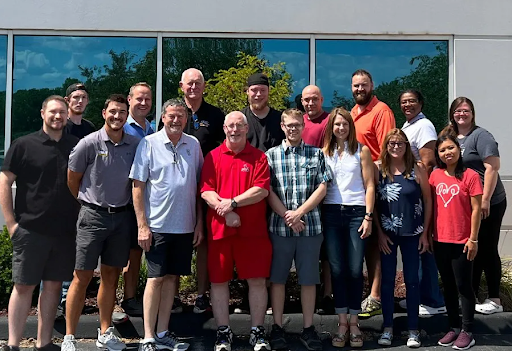
Prioritizing safety in your retail store is crucial for customer satisfaction and the overall success of your business. By implementing the strategies discussed in this article, such as product demos, cross-merchandising, safe displays, product videos and manuals, community events, and educating kids, you can create a safe and secure environment for your customers. Remember, promoting safety is an ongoing effort, and by consistently emphasizing safety practices, you will foster trust, loyalty, and a positive reputation among your customers.
Work With KDAR
Here at KDAR, we take our role as a wholesaler for welding equipment, cable ties, and more seriously. Our retailers can trust us to provide dedicated service and industry expertise. Contact us today to learn more!
